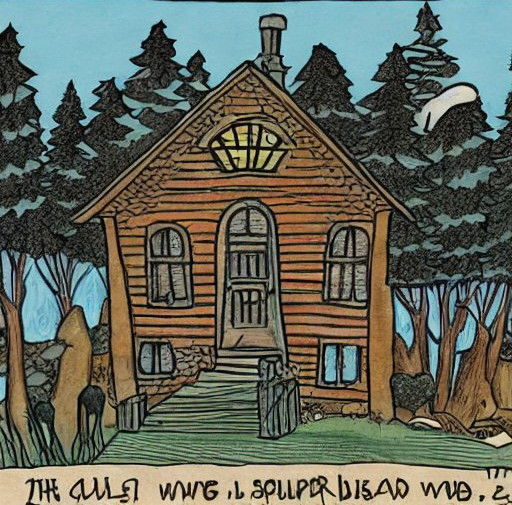

If you use the .local syntax, and the device name stays the same, I think the domain name based fingerprint should prevent the “do you trust this fingerprint” problem.
If you want to avoid the question all together, you could set up an SSH certificate authority (quick guide here, less dense guides are available on the internet). By signing the servers’ host keys, you can prevent the trust on first use prompt entirely, even for servers you may not have logged into before.



Ah, in that case I would definitely recommend taking a look at Tailscale!